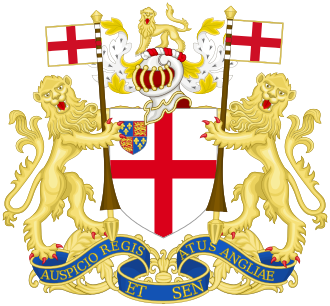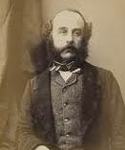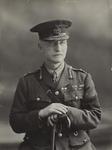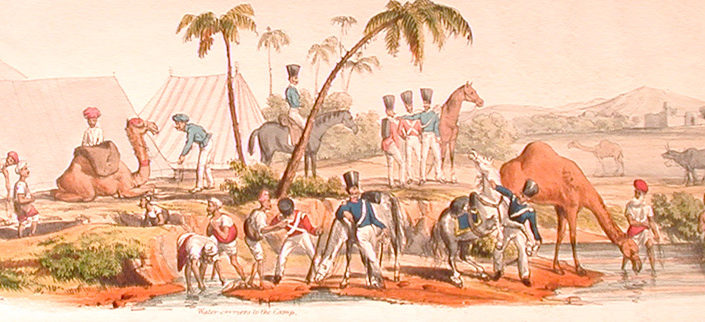The century between the end of the Napoleonic Wars in 1815 and the First World War has been called the Pax Britannica because during that time England and its empire used military and economic might to maintain a relatively peaceful balance of power among the other great European nations. This is not to say, however, that England’s forces remained inactive. Indeed, no more than six of the sixty-four years of Queen Victoria’s reign saw her forces not engaged in some form or other of military action. These were, with the exception of the Crimean War, colonial conflicts. Either designated as outright wars (Afghanistan, Zulu, Boer, etc) or simply as Expeditions, they took place in Africa, India, China, and British North America and were undertaken to secure borders, expand territory, protect trade or suppress rebellions. For details of these and the particular British colonial engagements mentioned below, www.britishbattles.com is an excellent source.
The various armies which Great Britain used to maintain and expand its empire were manned by a relatively few English, Scottish and Irish regiments augmented by large numbers of native troops. They were officered, of course, by white, professional British soldiers, many of whom came from families with a tradition of military service which went back many generations. The more successful of these were able to rise from the middle class until they had achieved a social position among the lower ranks of the aristocracy and were no longer tainted by associations with trade. Among families which had established themselves as faithful servants of the crown in India were the Kemballs.

Soldiers of the East India Company’s Bengal Army – 1840

The Coat of Arms of The East India Company
When the British came upon the scene in the eighteenth century, India was a collection of Muslim and Hindu states often at war among themselves and thus easily played off against each other by powerful European trading companies. Over the years these gained ever increasing territorial control until the most successful, the English East India Company, overcame its rivals and became master of the entire subcontinent. The native states, known as Residencies, were administered on behalf of the various puppet rulers and policed through the deployment of large company armies working in concert with the regular British army. By the middle of the nineteenth century, India was the empire’s richest colony and the Kemballs were among its more prominent military figures.

Kemball’s uncle and namesake, Sir Arnold Burrows Kemball, soldier and diplomat
Vero Clarke Kemball, born in 1780 was a medical officer with the East India Company and rose to become Surgeon-General of the Indian Medical Department. His son, Arnold Burrowes Kemball served as an officer in the British army and later became a successful diplomat, ending his career with a knighthood and the rank of General. His brother, John Shaw Kemball also brought honour and social advancement to the family, serving in the British Army in India and achieving the rank of Major-General. He had two sons, George Vero Kemball and Arnold Henry Grant Kemball.

Major General George Vero Kemball, Arnold’s older brother
George also became a Major-General, served with distinction in India, Africa, and Mesopotamia (WW1), and was awarded the DSO (Distinguished Service Order), KCMG (Knight Commander of the Order of St. Michael and St. George), and CB (Companion of the Order of the Bath). His brother Arnold is the subject of this website.
